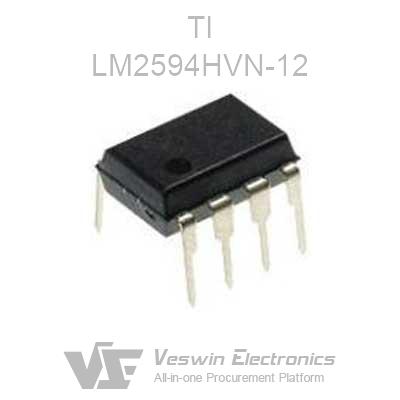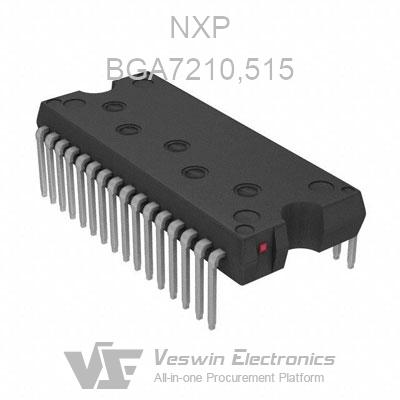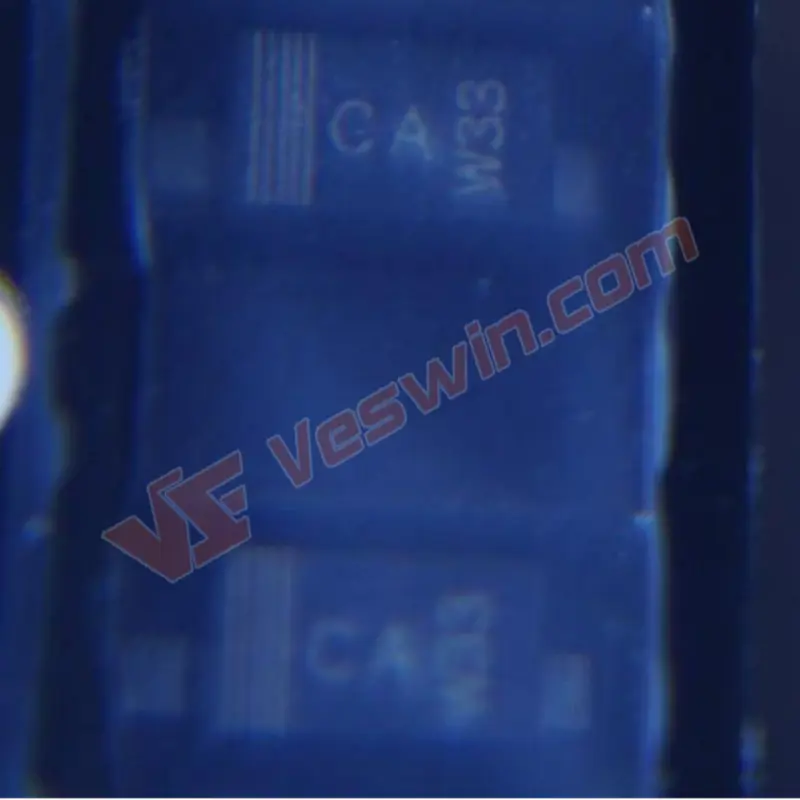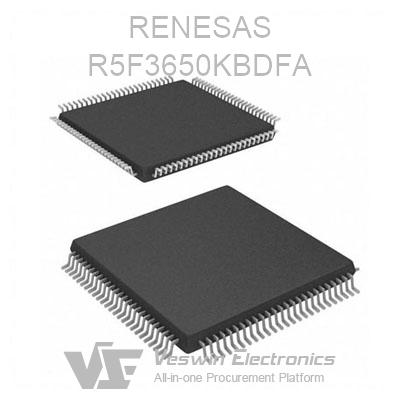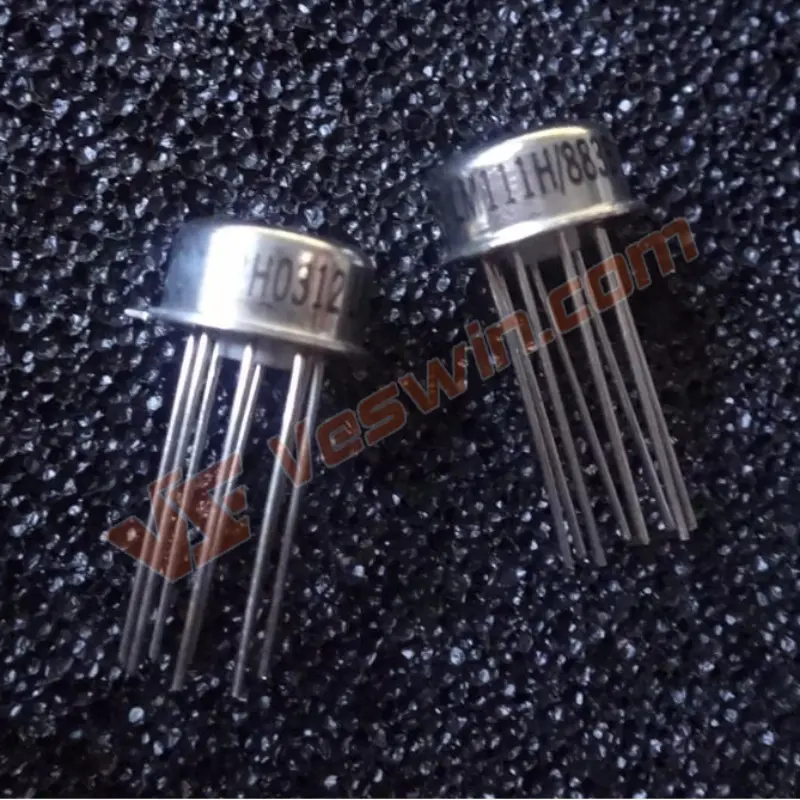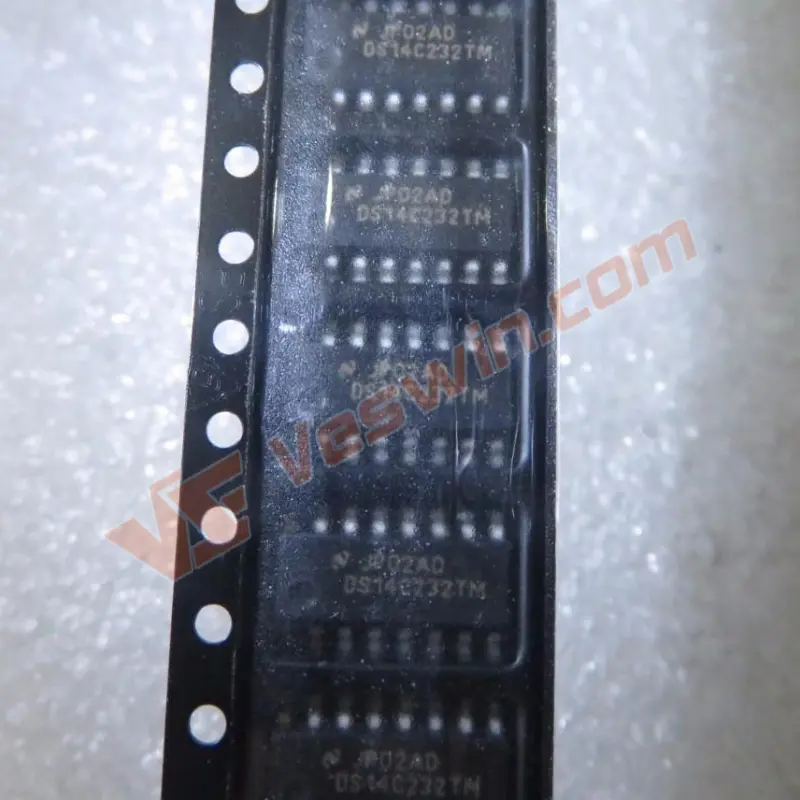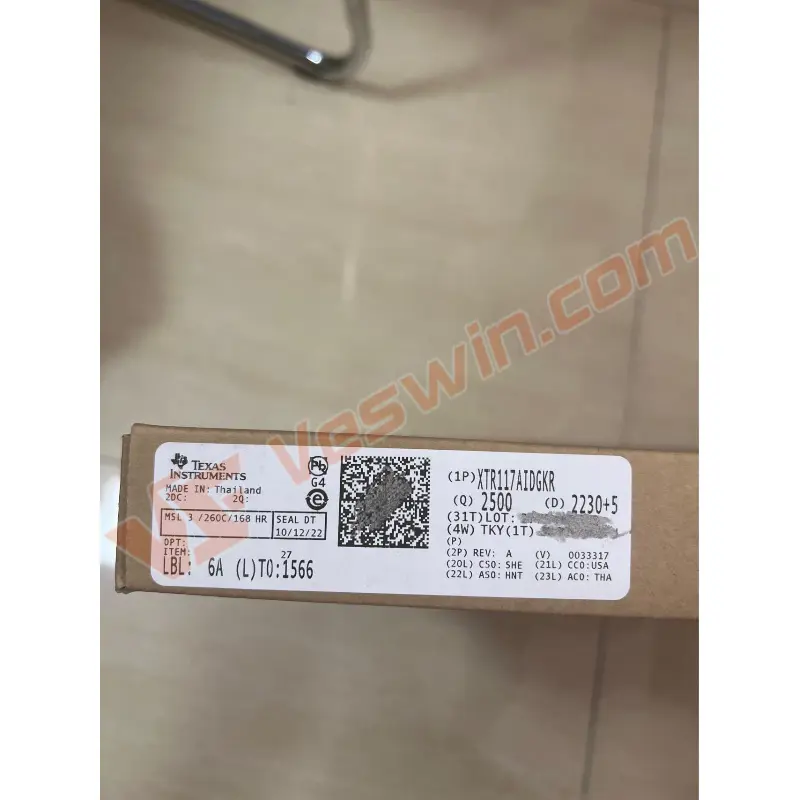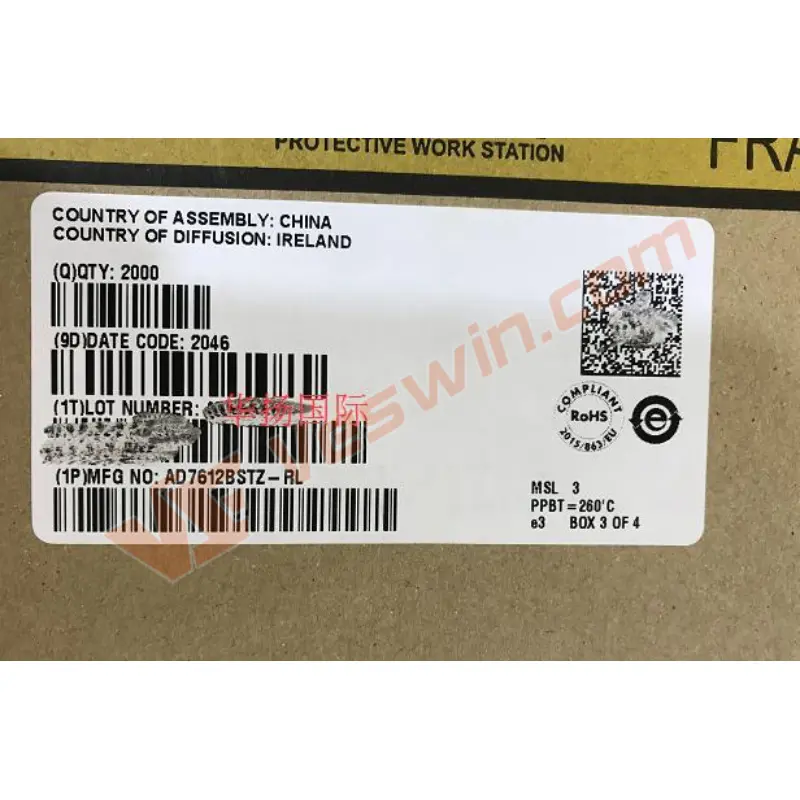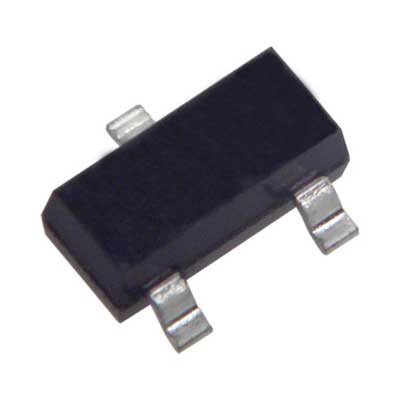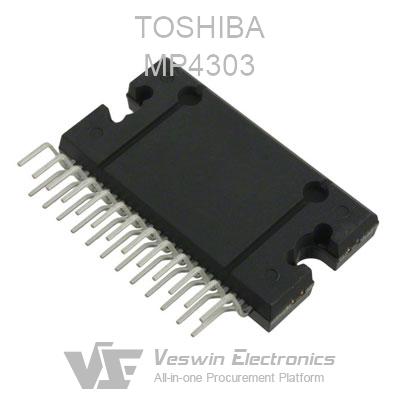In this article, our team will introduce the basic knowladge about SMD resistor for you, the content consists of definition, value, size and how to choose of SMD resistor, hope it helps you understand and use this kind of resisor better.
SMD Resistors, also known as Chip Fixed Resistors, are resistors that are designed for SMD mounting. These SMD resistors are typically much smaller than conventional resistors and therefore take up much less space on the circuit board. The SMD portion of a chip resistor is a surface mount device that can be mounted directly onto a PCB board using "surface mount technology" (SMT). If you want to quickly find out the value of your SMD resistor, you can use an SMD resistor calculator.
The invention of surface mount technology has both reduced the size of components and greatly shortened the time it takes to manufacture a circuit. SMD resistors are typically only used in professionally manufactured PCBs. For most homemade circuits, used is the more classic "through-hole" technology resistors. The reason for using through-hole resistors is that they are much easier to install and do not require specialized equipment like SMD resistors.
The print on the top of an SMD resistor overwhelmingly identifies its resistance value size. The resistance value of an SMD resistor is usually marked directly on the surface of the resistor in the form of numbers, so the resistance value of the resistor can be read directly by looking at the numbers on the surface of the resistor.
Generally, there are four kinds of methods,
(1) Conventional 3-digit labeling method It consists of three numbers. The first two are valid numbers, the third digit indicates the exponent of the power of 10 in scientific notation, the basic unit is Ω, that is: XXY = XX*. For example, 103, 1 and 0 is a valid number to write down directly, 3 indicates several powers of 10, that is, 3 times the power of 10, as shown in the figure. So 103 indicates the resistance value is 10 × Ω = 10 × 1000Ω = 10000Ω = 10kΩ.
(2) Conventional 4-digit labeling method. It consists of four numbers, the general resistance error ± 1%. The first three are valid numbers, the fourth indicates the scientific notation in the power of 10 index. For example, 1502, 150 is a valid number, 2 indicates the quadratic of 10, as shown in the figure. The basic unit is Ω, that is: XXXY = XXX*, so the resistance value of 1502 is 150 × 10 quadratic = 150 × 100 = 15000Ω = 15KΩ.
Conventional 4-digit marking method to indicate resistance value Conventional 4-digit marking method is mostly used in E-24, E-96 series, the accuracy is ±1%(F),±0.5%(D).
(3) The letter indicates the decimal point position. R indicates the decimal point position method is composed of numbers and letters, such as 5R6, R16, etc.. Here it is only necessary to replace R with a decimal point, as shown in Figure 14.3. For example, 5R6=5.6Ω, R16=0.16Ω.
R represents the decimal position of the method of resistance value. Here it should be noted that "R" is the resistance, "Ω" is the unit of resistance - "Ohm", in the physical concept In the physical concept, we will not and can not mix the two. However, in industrial production, since it is not very convenient to use Greek letters, R is often used instead of "Ω" as the unit.
The letters M, k, R, and m can all be used to represent decimal points. When the unit is mΩ, m indicates the decimal point position. m indicates the decimal point position to indicate the resistance value as shown in the table.
Similarly, if the unit is MΩ, kΩ, then M, k indicates the decimal point position. However, this case is relatively rare, generally MΩ, kΩ order of magnitude of resistance using 3 digits or 4 digits to express.
(4) 3-digit multiplier code labeling method
The above, some readers should have studied and contact in school, and also better understanding. But some small packages of precision resistors due to the space is too small, may not be printed silkscreen, for example, 0201 package resistors are often what words are not printed, as shown in the figure of various packages of resistors silkscreen comparison.
Comparison of silkscreen of various package resistors But some precision resistors are printed with silkscreen, but they do not conform to the three methods we described earlier. Instead, two numbers plus one letter are indicated. For example, 50B, 01C, as shown below. What is this method again?
3-digit multiplier code labeling method to indicate resistance value. This method is to use the code to indicate the number. Silkscreen for two numbers plus a letter of the resistor, generally precision resistors, this precision SMD resistor is a priority number of encoding, and then through the code to find the value it represents, such as 01C is 10K. below is the code, just like a dictionary.
Another example: 10 ohm resistor with code 01X, look carefully at the table below you will understand. The format of this method is XXY, the first two XX refers to the code of the effective number, converted to the value of the scientific calculation of the front; the last Y refers to the code of the several powers of 10, converted to the scientific notation of the several powers of 10. We find the magnitude of the value represented by the first two digits, we can find the E-96 resistance code table, as shown in the table. To find the power of 10 represented by the third letter, we can look up the E-96 multiplier code table, as shown in the table. E-96 Resistance Code Table.
E-96 Multiplier Code Table
The most commonly used chip resistors are 01005, 0201, 0420, 0603, 0805, 1206, 1210, 1812, 2010 and 2512 and other 10 chip package forms, while the size of SMD resistors are expressed in two different codes.
EIA (Electronic Industries Association of America) code is an SMD resistor specification code, the other chip resistor specification code of the first two and the last two indicate the length and width of the resistor, respectively, the unit is inches. For example: 0603, we usually refer to the package is the imperial code. Another 1608 is the metric code, also has 4 digits of the representation, the unit is millimeter, said the SMD resistor.
When we work, SMD resistors 10 envelope symbols, and the corresponding energy, often get those models of SMD resistors wrong, we make it faster and easier for customers to query. In order to make inquiries, we package the chip resistors in imperial and metric system, and give detailed dimensions and the corresponding power table.
1. Size
SMD resistor series generally have 7 sizes, with two size codes to indicate. A size code is expressed by 4 digits of the EIA (Electronic Industries Association of America) code, the first two and the last two indicate the length and width of the resistor, respectively, in inches. Another is the metric code, also expressed by 4 digits, its unit is millimeter. Different sizes of resistors have different power ratings.
2. Resistance value
The nominal resistance value is determined by series. Each series is divided by the tolerance of the resistor (the smaller the tolerance, the more the resistance value is divided), of which the most commonly used is E-24 (tolerance of resistance value is ±5%). SMD resistor surface with three digits to indicate the resistance value, where the first, the second is a valid number, the third digit indicates the number of post-zero connection. When there is a decimal point, use "R" to indicate, and occupy a valid digit. Nominal resistance value code method.
3. Tolerance
Allowable error refers to the maximum allowable error value of the resistor and the percentage of the nominal value of the resistor. SMD resistor (carbon film resistor) tolerance has four levels, that is, F level, ± l%; G level, ± 2%; J level, ± 5%; K level, ± 10%, the most conventional use is ± 1% and ± 5%.
4. Temperature coefficient
The temperature coefficient of SMD resistors has 2 levels, namely w level, ±200ppm/℃; X level, ±lOOppm/℃. Only the tolerance of F-level resistors are used x-level, other levels of tolerance of the resistor is generally w-level.
5. Packaging
SMD resistors are mainly available in bulk and in rolls.
Hot News
